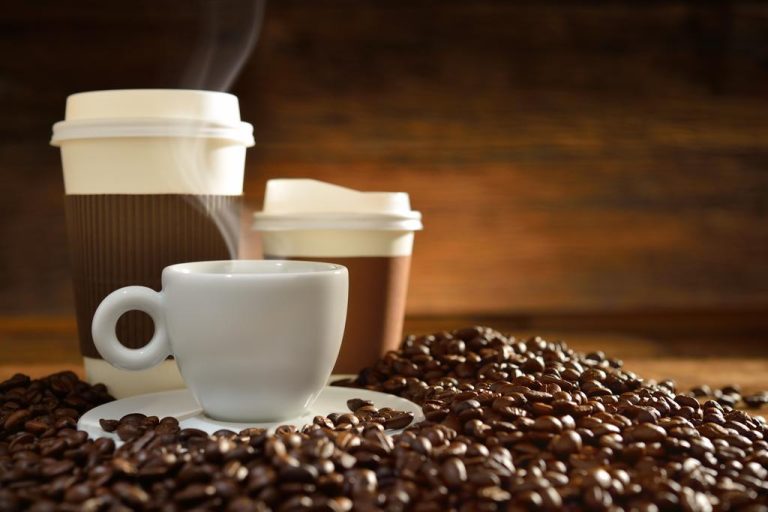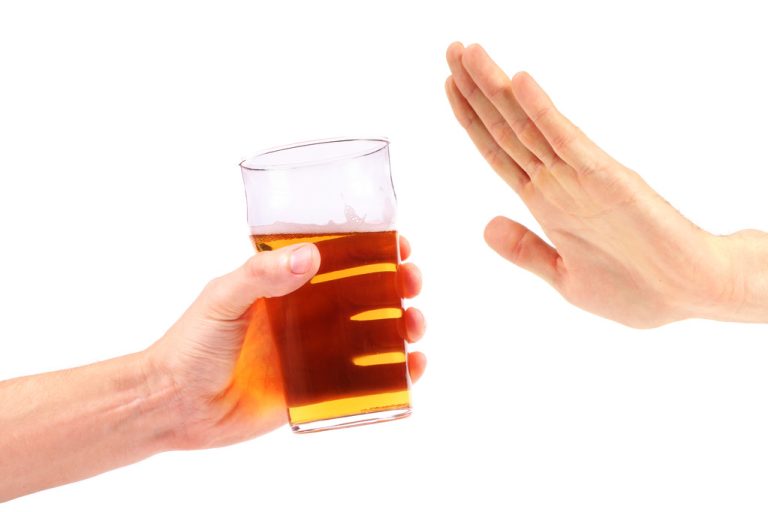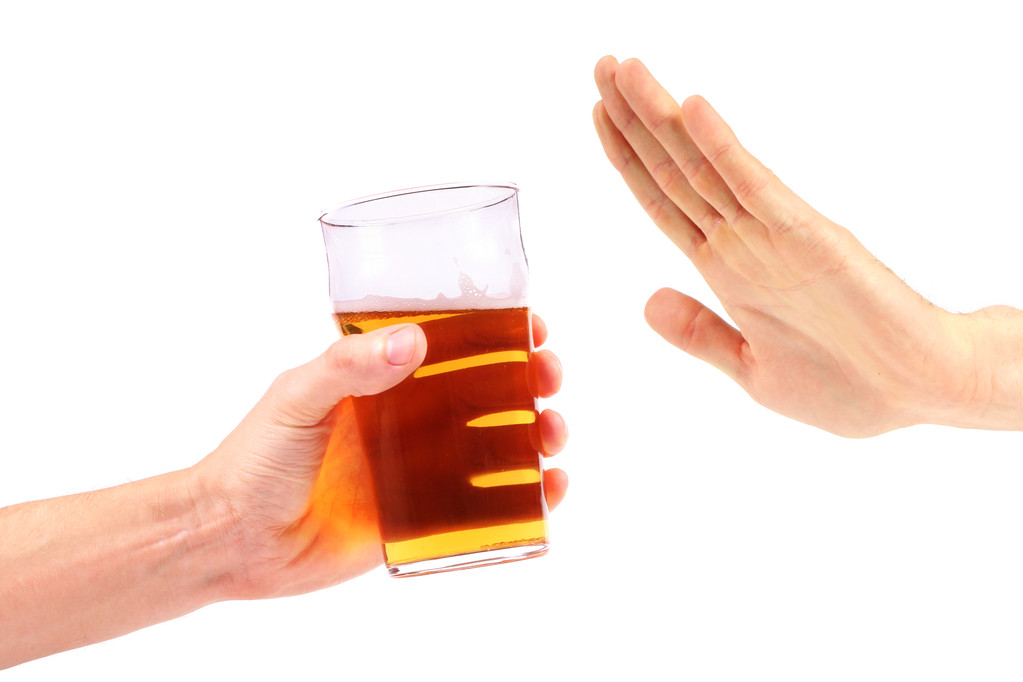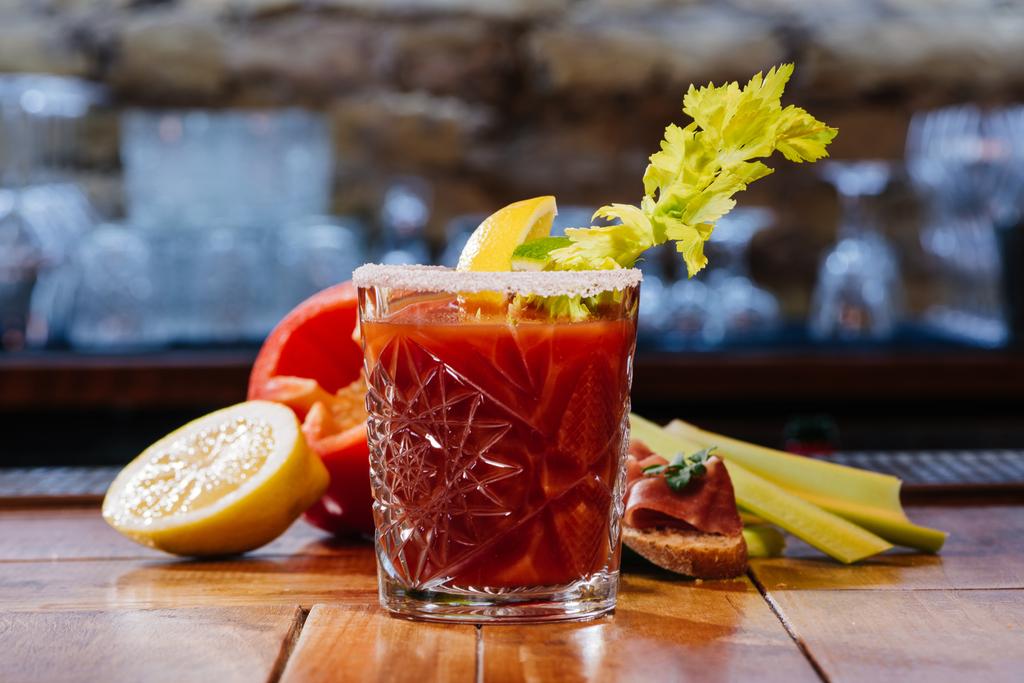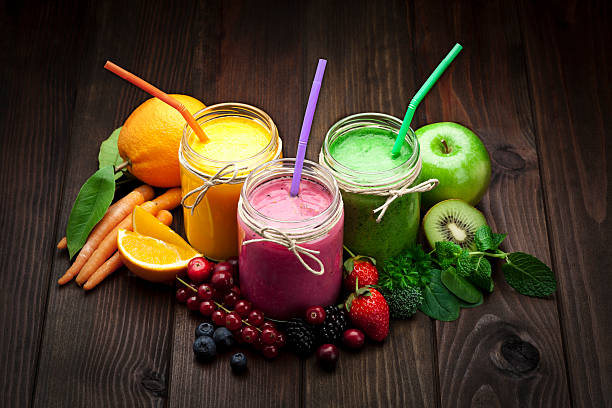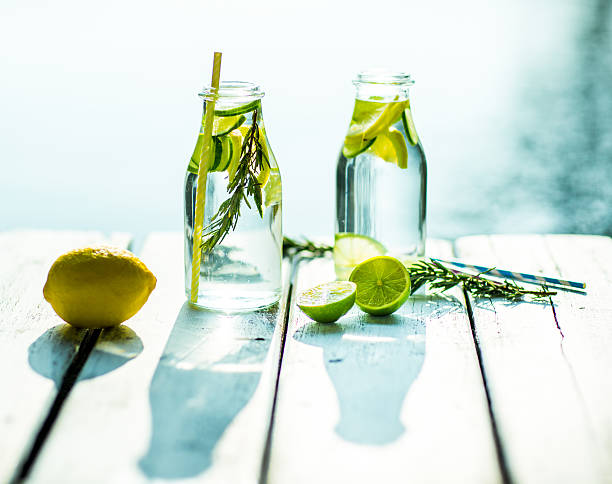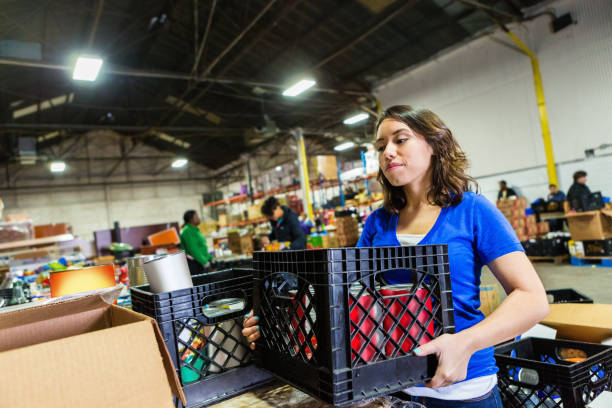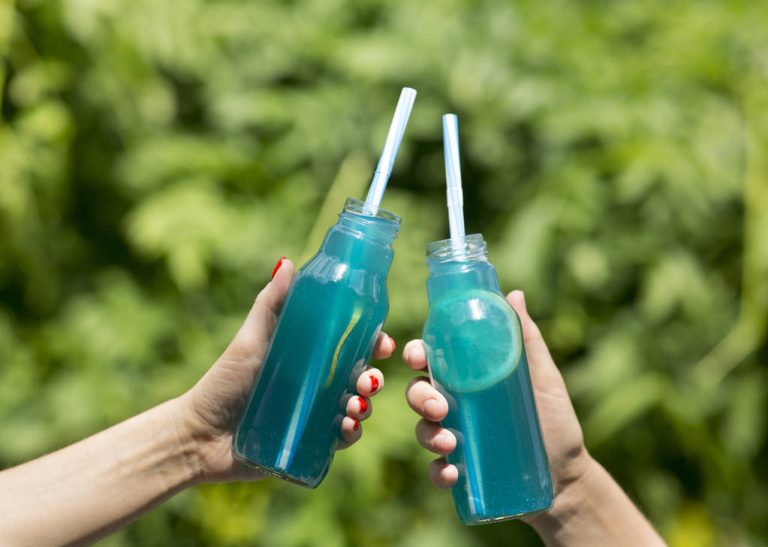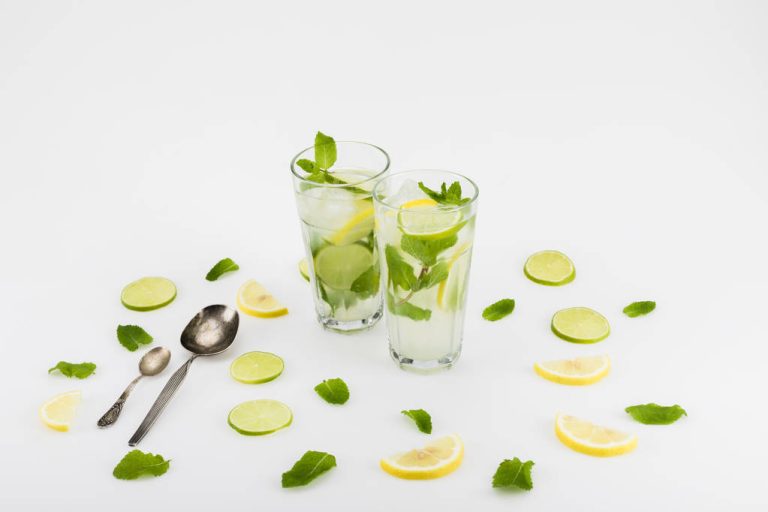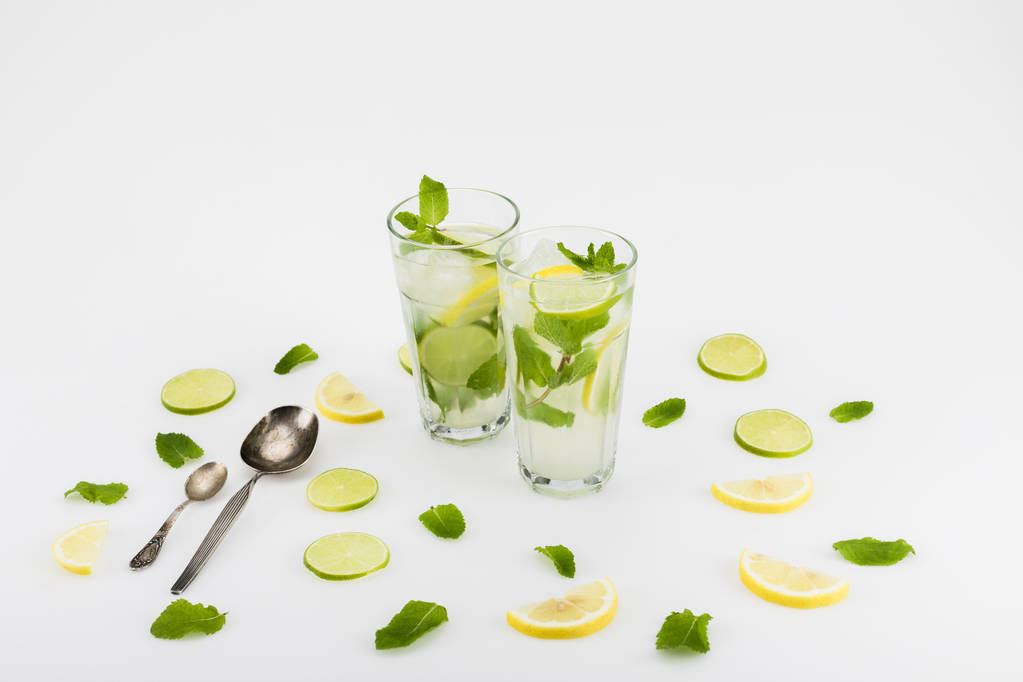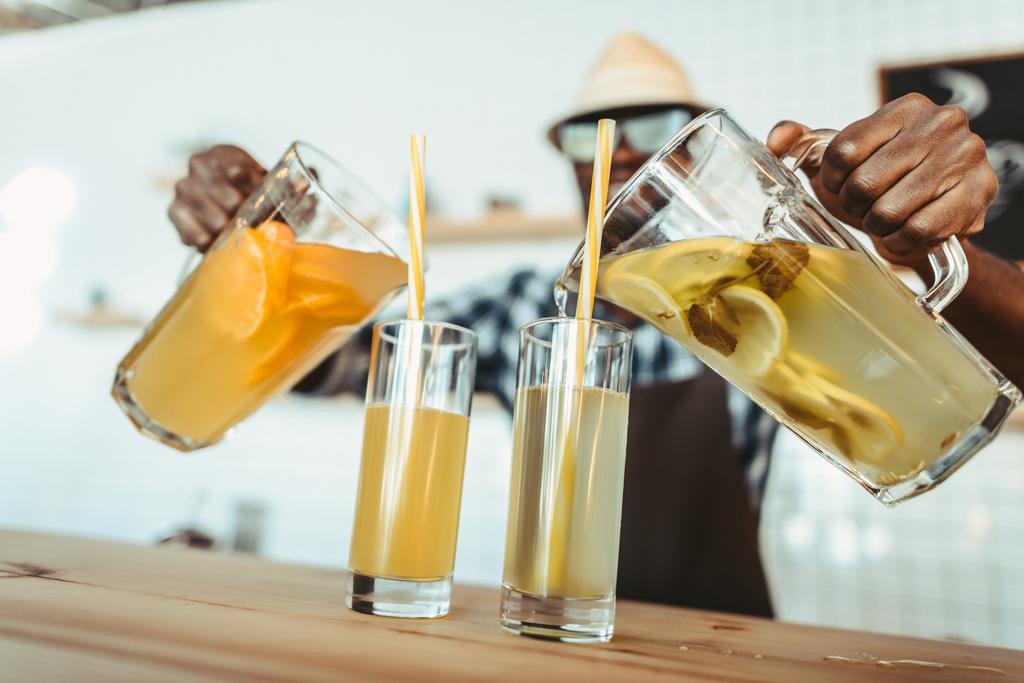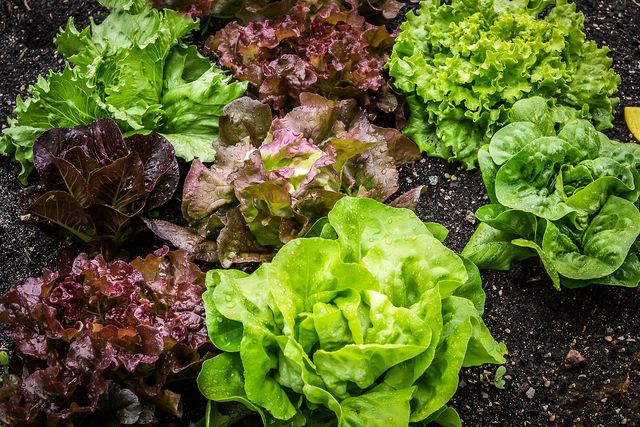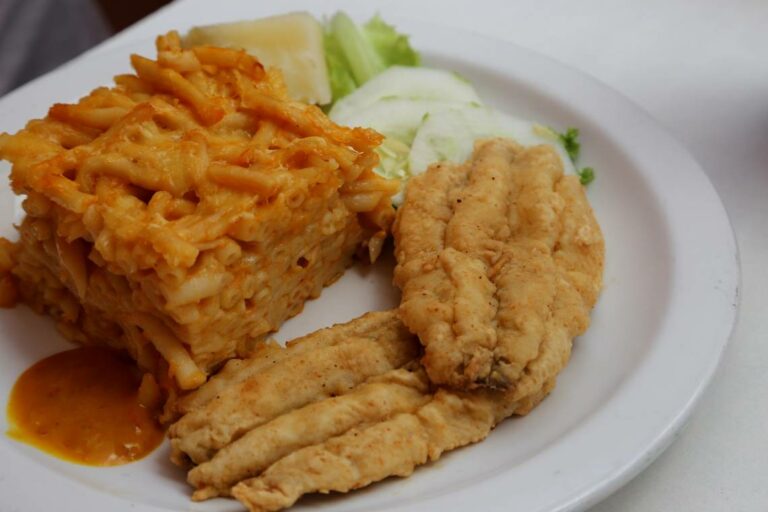It sounds almost too good to be true: there are some foods that increase performance without the unhealthy sugar or caffeine. Here we give you 9 tips to increase your performance naturally.
Tip 1: The eternal reminder: drink enough water!
Drink a lot – a sentence that you hear particularly often in summer. What does that have to do with the increase in performance? Quite simply: if you drink enough water, your blood automatically becomes more fluid. This in turn means that oxygen and nutrients reach the brain faster. The result? Increased ability to concentrate!
Tip 2: Superfood nuts – what’s up with the good reputation?
Whether in trail mix, muesli bars or just plain: Nuts have long had the reputation of being good for concentration. Not only do they deliver a lot of energy to our brain, they also contain vitamins, magnesium, potassium and the omega-3 fatty acids that are so important for concentration. They also support metabolism and the immune system.
A little tip: Walnuts are particularly suitable for a great boost in concentration.
Tip 3: The classic fruit under the magnifying glass
Besides sweets, fruit is probably one of the most popular snacks for in between. Compared to the former, however, it performs significantly better. Bananas and red berries are particularly recommended. In addition to important minerals such as potassium, iron and magnesium, bananas also contain many vitamins and three different types of sugar – a real energy bomb. Berries such as cherries, blueberries or strawberries, on the other hand, are particularly good for after exercise because they help against sore muscles due to their antioxidant and anti-inflammatory substances. They are also good for nerve cells in the brain.
Tip 4: Pumpkin Seeds and Legumes: How Effective Are They?
In fact, legumes are real all-rounders. They contain special carbohydrates that keep the blood sugar level constant, which in turn strengthens the ability to concentrate. Antioxidants, iron and zinc also promote brain performance.
Pumpkin seeds contain magnesium and are good for the muscles, so they are also good as a small snack after exercise.
Tip 5: Green tea, a real miracle cure?
Although you might not expect it, green tea is a good substitute for those who only drink coffee for the caffeine. Because it also contains caffeine – but in the healthy version. In contrast to the caffeine from coffee, the caffeine from green tea works more slowly, but is much gentler and lasts longer.
Tip 6: Vegetables make you happy
When it comes to vegetables, avocado and chili are particularly recommended. The former is good for the brain due to the many minerals and unsaturated fatty acids, while the latter primarily promotes the happiness hormone endorphin. Ginger also has great properties, for example it has an antibacterial and calming effect.
Root vegetables are also well suited for low concentration and performance, and beetroot shines here in particular, as it ensures better oxygen supply to the muscles and sufficient detoxification.
Tip 7: And animal products?
Many may even have guessed it: Here eggs are suitable for increasing performance. Because in addition to choline for brain function and cholesterol for the formation and strengthening of brain cells, an egg also contains proteins and healthy fats to protect our brain.
In addition, fish is also suitable as a dish for particularly good memory – because this is strengthened by the many omega-3 fatty acids contained in fish. Fish is said to even reduce the likelihood of dementia.
Tip 8: Don’t worry – you can snack too!
While traditional sweets and sugar aren’t great for improving focus and performance, there are exceptions. For example dark chocolate. The higher the cocoa content, the healthier it is because it contains flavonoids that improve concentration and blood flow. It also reduces stress and has a calming effect.
Tip 9: Support for sports
Those who are more interested in sports can rely on carbohydrates (e.g. grain products) for better endurance and protein for muscle building. Industrially manufactured products such as protein bars can be used, but look for low sugar and high-quality protein sources if you like it healthy.
Conclusion: In the end one can say: The right diet has a lot more effect than you think. Minerals, carbohydrates and omega-3 fatty acids, along with various vitamins and phytochemicals are good for concentration and the brain. Carbohydrates and proteins for a physically demanding body. Without coffee, sweets and sugar you can increase your own performance in a healthy and delicious way.

